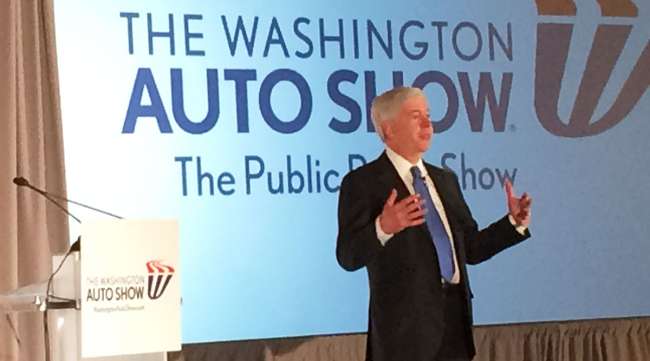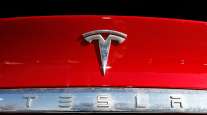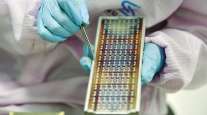Senior Reporter
Autonomous Technology Not Impacting Trucking Jobs in Short Term, Officials Say

WASHINGTON — The leaders of the Senate Energy and Natural Resources panel applauded advancements in self-driving technology, noting potential benefits to commercial and passenger transportation sectors.
The growing affordability of electric vehicle batteries and the rapid adoption of self-driving technology in recent years is prompting lawmakers to ensure the country remains a leader in the autonomous realm, the senators said here before the start of the Washington Auto Show at the convention center Jan. 25.
“Lightweight materials like carbon fiber, titanium, aluminum and composites are increasing vehicle efficiency while boosting performance,” said Sen. Lisa Murkowski (R-Alaska), Energy and Natural Resources chairwoman. “And at the same time, advanced manufacturing technologies, such as 3-D printing, are decreasing the time and cost of bringing new concepts to market. This has increased the productivity of our automotive suppliers, allowing U.S. manufacturers to thrive in a hyper-competitive global market.”
“These breakthroughs will change the way we take our kids to school, go to work, get the products that we make to market, and, best of all, they have the potential to dramatically improve safety and cut the amount of carbon we are emitting,” Sen. Debbie Stabenow (D-Mich.) added.
Some senators also have expressed concern over the fast pace of the technology’s improvement, suggesting federal guidelines would help address safety applications. Legislation awaiting a vote in the Senate aims to pave the way for self-driving vehicles, clarify oversight of the technology, as well as require federal safety standards. Last year, the House passed its version.
At a separate event hosted by MobilityTalks International at the convention center, Michigan Gov. Rick Snyder (R) told executives the adoption of advanced autonomous and connected vehicle applications will not disrupt the employment landscape for commercial drivers in the next few years.
Michigan Gov. Rick Snyder said state will have 350 miles of smart roads by the end of the year; touts the new American Center for Mobility, in Ypsilanti Township, near Ann Arbor #MobilityTalks2018 — Eugene Mulero (@eugenemulero) January 25, 2018
Commercial and passenger vehicle manufacturers are testing technology aimed at improving safety and efficiency and are enhancing vehicles’ capabilities to operate autonomously. Several lawmakers and freight executives insist employment disruptions will not occur anytime soon.
“They’re going to be around for a very long time,” Snyder said.
Eventually, however, commercial drivers and other freight workers will be asked to transition into employment fields that are expected to evolve with technological advancements. The timeline of the transition is largely speculative.
“How do we make sure that we’re being responsible,” Snyder added. “We’re not going to wait for it to be a crisis, but we’re proactive and helping train and retrain, and have people understand that they have new opportunities and new fields they can go into, and how can they be successful.”
Freight and trucking executives anticipate an adoption of autonomous vehicles that maintains a reliance on truckers’ expertise. Specifically, the industry views the long-term future of autonomous trucks to operate on a “driver-assist” model and not “driverless,” American Trucking Associations President Chris Spear explained.
The Michigan Department of Transportation, the University of Michigan and the Michigan Economic Development Corp. partnered to unveil a 500-acre driverless car testing site near Ann Arbor called the American Center for Mobility. Testing kicked off last year.
A notable example of the technology is the 2016 transport of beer on Interstate 25 in Colorado on a self-driving truck operated by Uber Technologies Inc.
On funding, Snyder reminded federal officials of providing states assistance with big-ticket infrastructure projects aimed at improving freight as well as autonomous vehicle connectivity.
“We do need an infrastructure bill at the national [level]. That’s been a requirement for a long time. It’s hard to do,” Snyder said. “So, what I say is, we should get going on this, and if it has challenges in the first time, just come back and keep going because we’ve underinvested for decades.”
President Donald Trump said he would announce details of a $1.7 trillion infrastructure plan at his State of the Union address Jan. 30.




